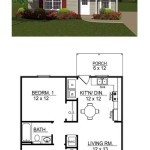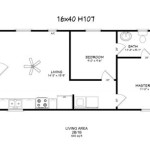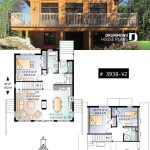House Plans with Walkout Basements In Back: Essential Aspects
Walkout basements are becoming increasingly popular in residential construction, offering homeowners a unique and versatile living space. Here are some essential aspects to consider when planning a house with a walkout basement in the back:
1. Site Evaluation
Thoroughly evaluate the building site to determine its suitability for a walkout basement. The slope of the land should be gradual enough to create a spacious and accessible basement level with natural light and drainage. If the slope is too steep, additional excavation may be necessary, increasing construction costs.
2. Exterior Design
Consider the exterior design of the house to integrate the walkout basement seamlessly. The back elevation should feature ample windows and doors to maximize natural lighting and ventilation. The patio or deck area above the basement should complement the overall aesthetic, providing an outdoor living space and access to the backyard.
3. Floor Plan
Design the floor plan to take full advantage of the walkout basement. The basement level can accommodate various purposes, such as a family room, home theater, guest suite, or home office. An open floor plan with large windows and sliding glass doors can create a spacious and inviting atmosphere.
4. Natural Light
Walkout basements rely heavily on natural light to create a comfortable and healthy living environment. Incorporate ample windows and doors to maximize light penetration. Skylights can also be installed to bring in additional sunlight and reduce reliance on artificial lighting.
5. Ventilation
Proper ventilation is crucial to prevent moisture buildup and maintain a comfortable indoor climate in the walkout basement. Install a dedicated mechanical ventilation system with exhaust fans and supply ducts to ensure adequate air circulation. Consider cross-ventilation by placing windows and doors on opposite sides of the basement.
6. Water Management
Walkout basements are prone to water seepage, especially during heavy rainfall. Implement a comprehensive water management system to prevent flooding and moisture damage. This includes grading the land away from the basement, installing gutters and downspouts, and waterproofing the foundation and walls with a vapor barrier.
7. Landscaping
Design the landscaping around the walkout basement to enhance the aesthetics and improve drainage. Consider planting trees and shrubs to provide shade and privacy. Use sloping landscaping to direct rainwater away from the foundation and prevent pooling.
Conclusion
Walkout basements in the back can be a valuable addition to any home, offering additional living space, natural light, and access to the outdoors. When designing and constructing a house with a walkout basement, it is essential to consider the site evaluation, exterior design, floor plan, natural light, ventilation, water management, and landscaping to ensure a functional and comfortable living space.

House Plan 3 Bedrooms 2 5 Bathrooms 3992 V3 Drummond Plans

House Plan 2 Bedrooms Bathrooms 3975 Drummond Plans

Walkout Basement Craftsman Style House Plan 8752

Walkout Basement House Plans Farmhouse Hillside

House Plans With Walkout Basements Houseplans Com

House Plan 4 Bedrooms 2 5 Bathrooms 7900 Drummond Plans

Walkout Basement House Plans To Maximize A Sloping Lot Houseplans Blog Com

Walkout Basement Contemporary Style House Plan 8588

Mountain Mid Century Cottage Bedroom Downstairs With Walk Out Basement Cathedral Ceiling 7342

Plan 99961 Sloping Lot House With Walkout Basement Hills








